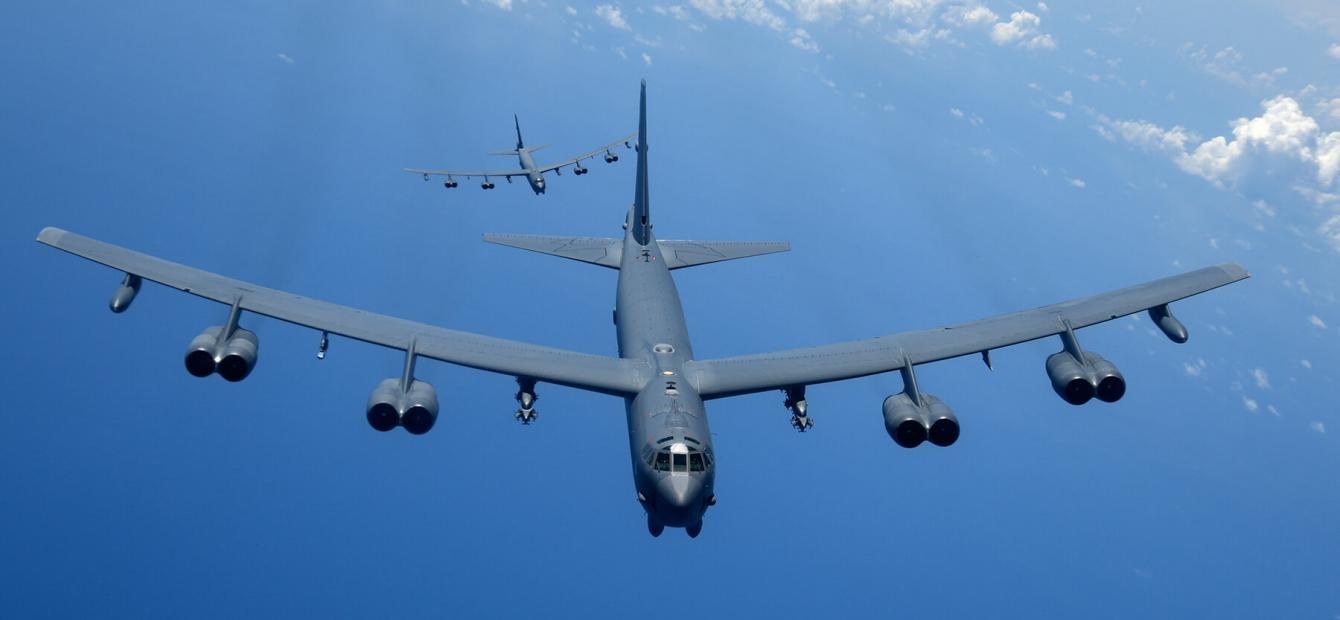
The end of New START: The start of a new beginning?
At present there is only one treaty in force that limits nuclear arsenals. That treaty, New START, limits the strategic arsenals of the United States and the Russian Federation. According to New START inspectors, the Treaty works well and according to Russia it is the “gold standard” in arms control. This 7th episode of the Clingendael Spectator series on arms control analyses new approaches, now that treaty comes to the end of its 10-year run in February 2021. Should we be concerned?
Strategic nuclear arms control is now fifty years old. The first Strategic Arms Limitation Talks (SALT) between the United States and the Soviet Union were supposed to start in the fall of 1968, but after the Russian invasion in Prague in August 1968 a cooling off period was needed and actual SALT negotiations started only in April 1970.1
In the last half a century both the United States and the Soviet Union (later the Russian Federation) have spent much time and energy in concluding agreements that limited and later reduced the number of strategic nuclear weapons systems. Some of the treaties that were agreed upon never entered into effect for political reasons.
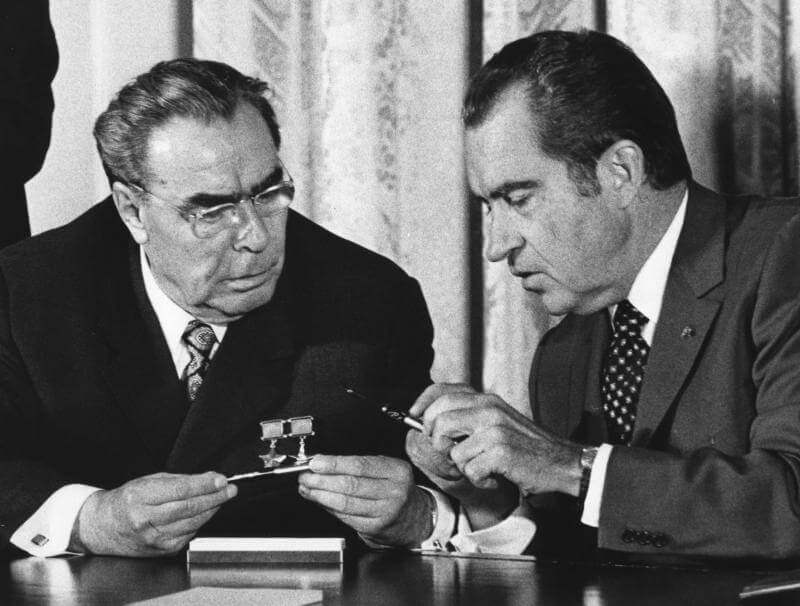
SALT-II was shelved in Washington when the Soviet Union invaded Afghanistan in 1979. START-II suffered a similar fate after the United States withdrew from the Anti-Ballistic Missile (ABM) Treaty in 2002 and Russia announced that it had no obligations under START-II anymore. Its predecessor, START, was negotiated in the eighties under Presidents Reagan and Bush and for the first time2 provided for on-site inspections.
START nearly perished with the demise of the Soviet Union but could be rescued with the help of Belarus, Kazakhstan and Ukraine. When it came to the end of its 15-year term, a successor treaty was not ready, but after some delay New START could be agreed upon. Now that treaty comes to the end of its 10-year run in February. Should we be concerned?
New START
New START talks started immediately after the Presidents Obama and Medvedev launched the project in Rome in April 2009. A year later the treaty could be signed.3
One of the reasons that the treaty could be concluded relatively quickly is that both sides could rely on the agreements reached in START and the subsequent experience in implementing that treaty.
The other reason is that New START is in many ways simpler than START. That is already clear from some simple metrics: 12 types of inspections in START versus two types in New START; the total number of inspections is 28 versus 18 per year; 152 types of notifications versus 42.4 However, New START is a simpler treaty for a deeper reason: it provides both sides with more flexibility.
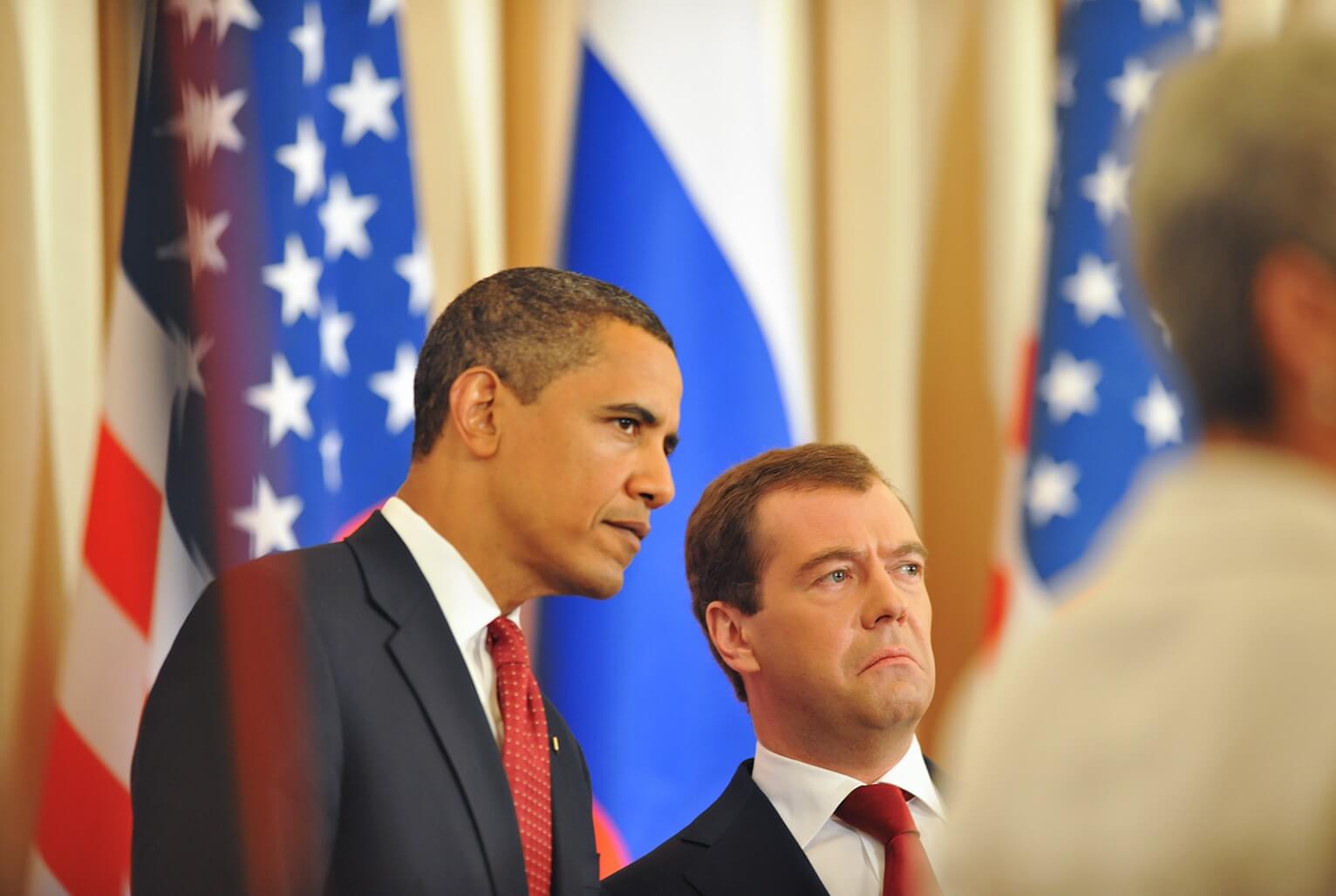
It has been argued that New START conceptually had its roots in both START and the 2002 Moscow Treaty5 , the latter being the stopgap treaty that was meant to plug the hole when START-II was declared null and void.
The Moscow Treaty was only a few pages long and essentially said that both sides were free to determine the composition and structure of their nuclear forces but would keep the total number of strategic nuclear warheads between 1700 and 2200. So, the detailed verification provisions of New START are derived from START, while its built-in flexibility is derived from the Moscow Treaty.
The greater flexibility for both sides reflects the “post-Cold War nature” of New START
In START, a separate ceiling for “heavy” Intercontinental Ballistic Missiles (ICBM) was agreed; that sub-ceiling has disappeared in New START. START had an elaborate article V about restrictions on modernising nuclear systems; that article has no equivalent in New START. One can say that that greater flexibility for both sides reflects the “post-Cold War nature” of New START.6
The main achievement of New START is that it further lowers the ceilings for ICBM and SLBM missiles and launchers, as well as heavy bombers and their associated warheads. The numbers are as follows:

The 800 launchers and bombers should be compared with the 1600 in START, and the 1550 warheads with START’s 6000. One caveat is important. In New START, as in START, the maximum nuclear warhead numbers are calculated numbers, not ceilings for numbers of actual warheads.
For example, in New START, each deployed heavy bomber counts for one warhead. Given that a Tu-160 can carry 12 nuclear cruise missiles with a warhead and a B-52H 20 warheads, the actual number can be hundreds higher than the maximum in the table.7 The total number of actual nuclear warheads is around the lower end of the range agreed in the Moscow Treaty: the US number is somewhat higher than that, the Russian somewhat lower.8
On 5 February 2018, the seven-year period for reducing their nuclear arsenals came to an end for the two parties. In press statements both sides marked that they had reached the limits as foreseen in the treaty, and according to half-year data sets they continue to observe these limits.9
New approaches?
According to New START inspectors, the Treaty works well.10
New START was concluded for a period of 10 years, until 4 February 2021. Article XIV of the Treaty provides the opportunity that the parties may extend the period the treaty is in force for up to five years.
As no negotiations have been held so far to agree on a new treaty, is extension for five years not the best option? That might still be the outcome, but that outcome is far from assured.
When the treaty was concluded, Russia was happy with New START. Foreign Minister Sergey Lavrov called it the “gold standard” in arms control.11 But when President Obama considered proposing an extension in 2016, Russia had problems.12
In contrast to President Obama, the Tump administration was aloof to proposals to extend New START
When Donald Trump became president, the tables turned. President Putin, from his first contact with President Trump, proposed to extend the Treaty. The aloofness of the Trump administration to such an extension can be attributed to three factors.
The first is the Russian behaviour regarding the INF Treaty. The 2018 Nuclear Posture Review (NPR) says: “Further progress is difficult to envision in an environment that is characterized by nuclear-armed states seeking to change borders and overturn existing norms, and by significant, continuing non-compliance with existing arms control obligations and commitments”.
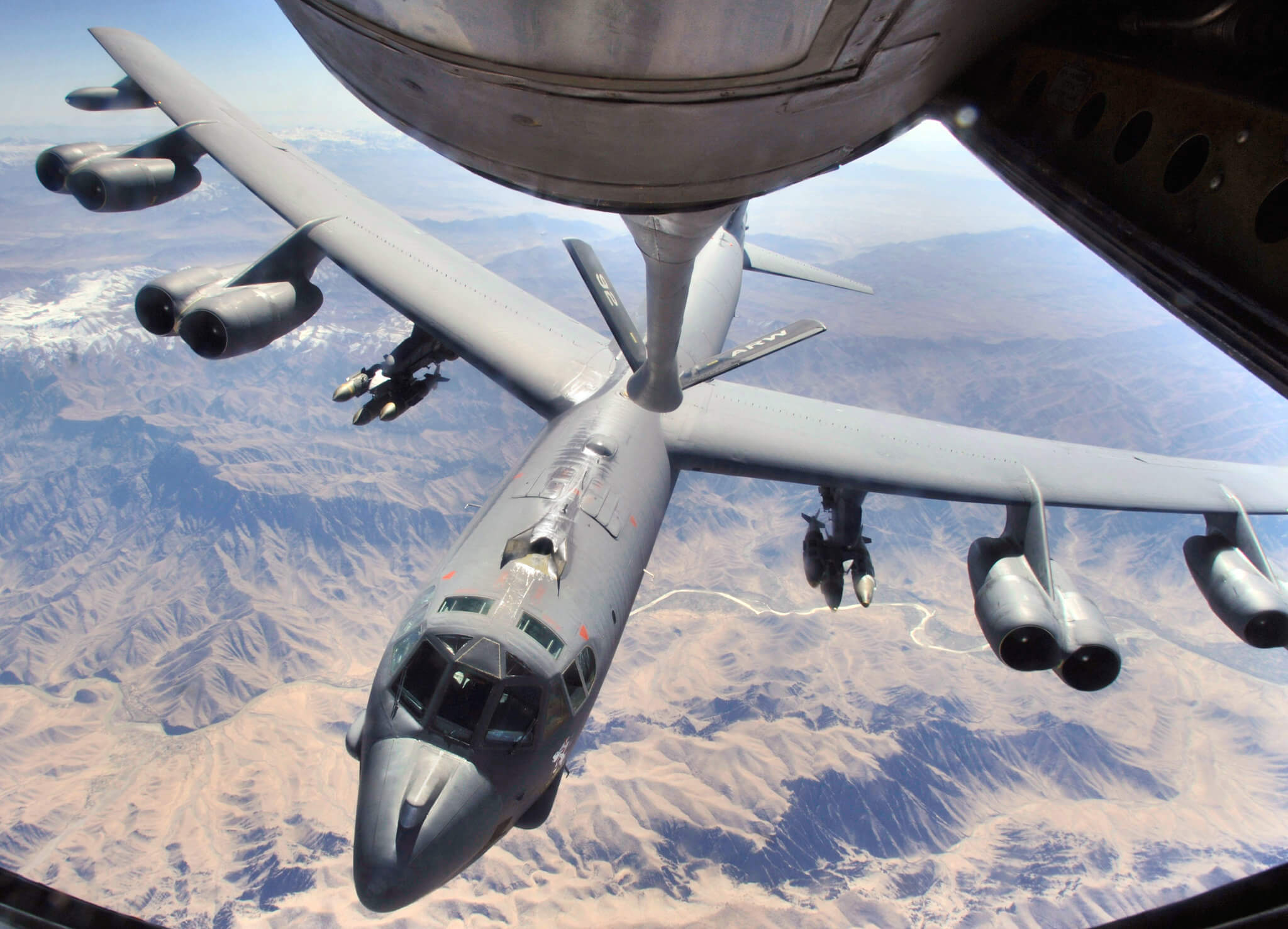
It is not completely clear what led to the demise of the INF Treaty. Both sides became less enthusiastic about the Treaty, since other states are not bound to a similar restraint. But the nail in the coffin for the US was the development and the deployment by Russia of an intermediate-range GLCM, designated as 9M729.
The first suspicions in Washington of a treaty violation arose some 10 years ago. In May 2013, these suspicions were conveyed to Moscow13 . Since then, both the Obama and Trump administrations have accused the Russian Federation of violating the Treaty.14 Russia denies that it is violating the agreement and has launched accusations of its own, which reflect Russian concerns.15
As both parties could not bridge the gap, the US gave notice of its intent to withdraw from the Treaty on 1 February 2019, so that it actually withdrew from it on August 2nd.16 As the US and others cannot be open about the information that led to the conclusion about a Russian treaty violation, Russia does not need to give specific answers.
The result is that the violation is to some extent, at least publicly, shrouded in mystery. The demise of the INF treaty has of course consequences for strategic arms control, as the obligation to have no (land-based) nuclear weapons in the sub-strategic range (500-5000 km) has fallen away.
This brings us to the second factor: American concerns about non-strategic nuclear weapons. The Nuclear Posture Review also states that “Russia has … rebuffed US efforts to follow New START with another round of negotiated reductions, and to pursue reductions in non-strategic nuclear forces”17 .
This inclusion of “non-strategic nuclear forces” would of course change the nature of the negotiations about strategic nuclear forces as conceived since the late sixties and will therefore not be an easy undertaking. However, the NPR quotation underlines the importance the US attaches to the qualitative and quantitative modernisation of Russia’s tactical (non-strategic) nuclear forces.
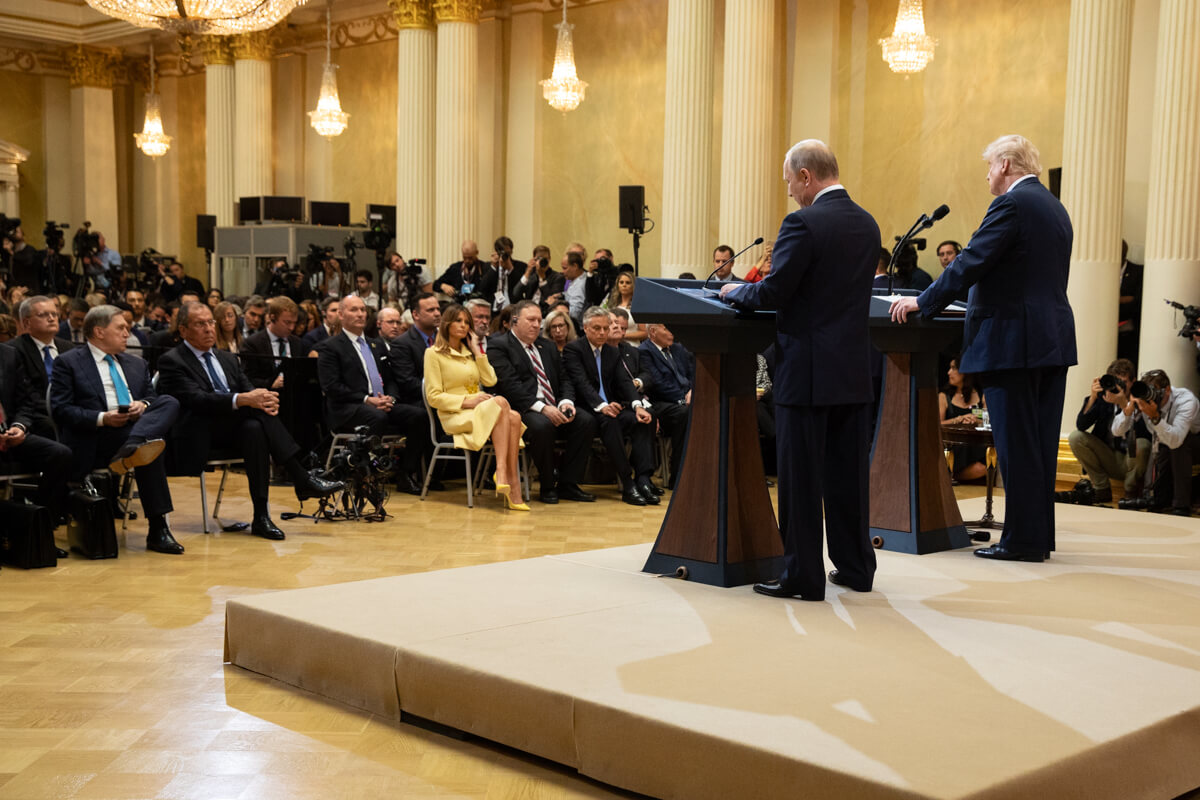
The third factor is China. A year ago, President Trump has instructed officials in Washington to work out a framework for arms control with the Russian Federation and China18 . More recently, on April 10 of this year, he has appointed a special envoy, Marshall Billingslea, for getting such talks off the ground.19 In the past year not much progress has been made. China has argued that its nuclear arsenal – a few hundred weapons – is small compared to those of the US and Russia.
Extending the present New START treaty is something the US and Russian Governments can do easily. Such leeway was granted when the Treaty was ratified in 2011. Negotiating a new treaty before the end of this US administration is impossible, if only because time is running out. But even if a next administration would be willing to negotiate, that process would take quite some time.
The US Senate is not very sympathetic to arms control and to Russia, given the conflict in Ukraine, the war in Syria, cyber meddling, and its behaviour in the Skripal case
Moscow remains concerned about US missile defence and long-range conventional precision weapons. Yet, in Washington the Senate has banned these areas from future talks20 and is generally not very sympathetic to arms control and to Russia, given the conflict in Ukraine, the war in Syria, cyber meddling, its behaviour in the attempted Skripal murder case, and such.
Any new treaty would have to be negotiated against the background of huge efforts to modernise all legs of the nuclear triad on both sides. Russian modernisation efforts have been underway for more than two decades21 and the US plans have been outlined in the Trump administration’s Nuclear Posture Review.
While in both cases these modernisation plans are very costly – money that could be used for other purposes – they are in themselves not a violation of New START.22 Even with these plans there remains scope for a further decrease in the number of nuclear weapons.23 All in all, extending New START is still the best option.24
A new arms race?
Should we be concerned if the treaty lapses in February without extension? Not too much.25
New START and its predecessors have been major milestones in curbing the nuclear arms race. The “mad momentum” in the growth of nuclear arsenals in the fifties and sixties26
has been brought to a halt and reversed.
A new “mad momentum” of an arms race is not very likely
Also the Partial Test Ban Treaty of 1963 (which allows only underground nuclear test explosions) and the Comprehensive Test Ban Treaty of 1996, even if not in full force, have contributed to slowing down the nuclear arms race.27 Therefore a new arms race in the sense of growing nuclear arsenals is not likely.
Moreover, there have been earlier periods in which there was no treaty28 but both sides declared that they adhere to the agreed numbers, essentially because they were satisfied with the existing nuclear force levels. Judged by the modernisation plans, that is also now the case.
If in the future the numbers of nuclear weapons of the major possessors would go further down, the verification of the actual number of warheads would become more important. New START and its predecessors focussed on delivery vehicles. To verify numbers of warheads directly is more difficult and sensitive, because seeing and measuring each other’s nuclear weapons for verification purposes is more sensitive than seeing each other’s delivery vehicles.
Until now such a verification regime for nuclear warheads does not exist. Conceptually much progress has been made in recent years, in particular within the International Partnership for Nuclear Disarmament Verification (IPNDV), a cooperation between some 25 nuclear-weapon states and non-nuclear weapon states.
Any new treaty would need to take into account that technological developments in the last decade have eaten away at strategic stability
Lower numerical limits and enhanced verification methods might not be the key to a new nuclear arms control treaty. Any new treaty on strategic nuclear weapons would need to take into account that technological developments in the last decade have eaten away at strategic stability.
In a joint declaration in the run-up to the START treaty29 , both sides placed the new treaty in the context of enhancing strategic stability. As important aspects of such stability, they mention the absence of incentives for striking first and giving high priority to enhance the survivability of nuclear systems.
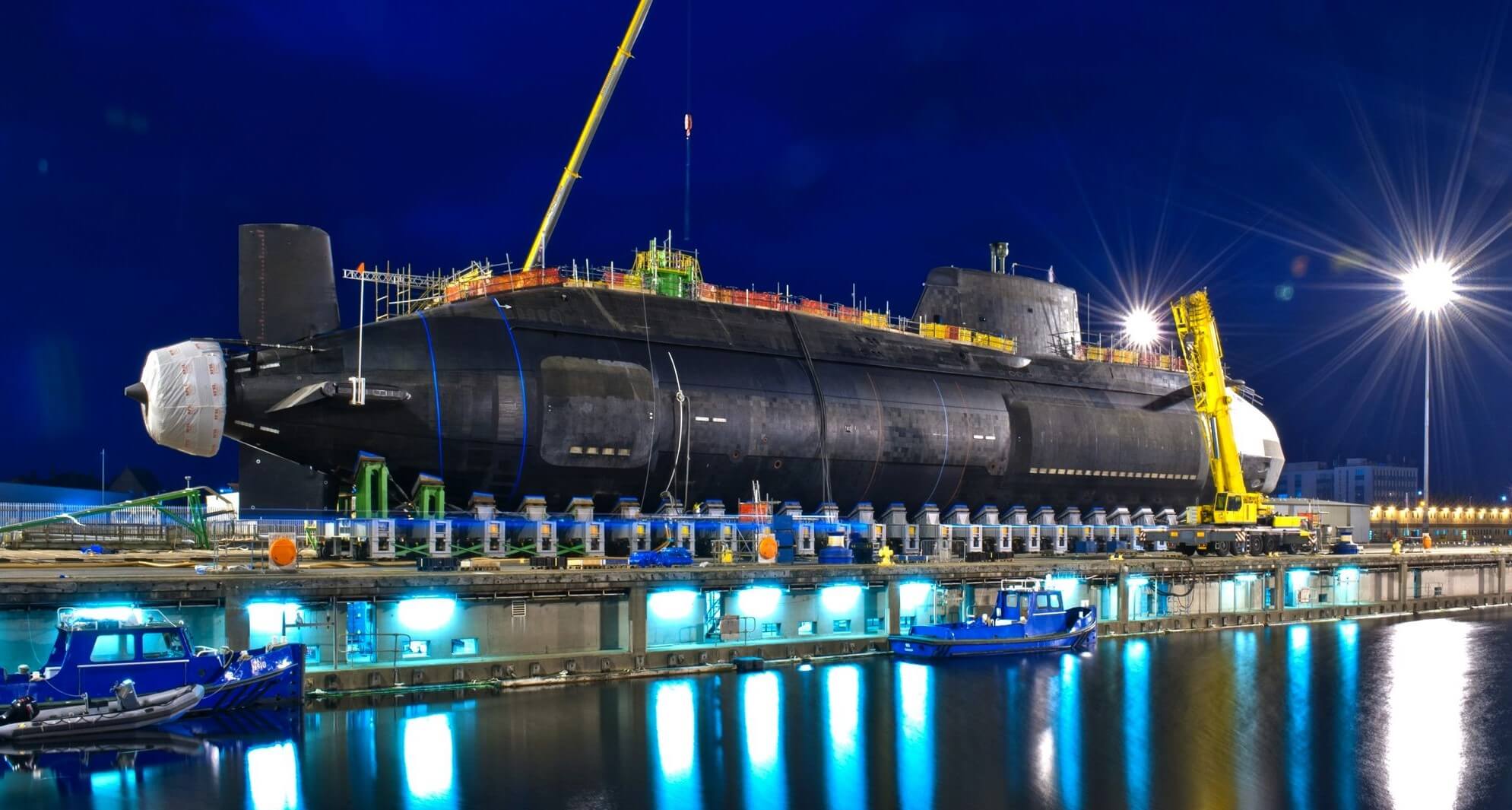
In the early sixties ICBMs were destabilising, because in a massive nuclear strike one side could decapitate the other. The introduction of long-range missiles launched from submarines (SLBMs) brought back stability. In a somewhat similar way as ICBMs did in the sixties, hypersonic weapons increase the chance of a surprise attack. Due to their speed and manoeuvrability, detection time becomes shorter and pressure to launch missiles in anticipation grows correspondingly.
However, as long as both sides have a second-strike capability, and as long as numbers are small, hypersonic weapons might not be the biggest problem. A more pressing issue, given its destabilising effect, is the possibility to blind warning systems with cyberattacks and derail nuclear weapons related electronic systems.30 It will be difficult to agree on meaningful provisions in this area, and a period of pursuing confidence-building measures will have to precede formulating treaty obligations.
These measures might be the beginning of a new era in arms control. The starting point could be not to meddle in each other’s command and control systems,31 similar to provisions in earlier agreements not to meddle with each other’s national technical means for verification. Those provisions have always been respected.
- 1There was an exploratory meeting in November 1969 in Helsinki, but at that first meeting the Soviet negotiators had strict instructions only to listen! They were also under strict orders not to mention specific weapon systems that could become subject of negotiations. See Alexander Saveliev, Soviet and US approaches to arms control verification during the Cold War, Security Index 4, 2020 (PIR Center, Moscow).
- 2That is to say: for the first time for an accord on strategic weaponry. The INF treaty, signed in December 1987, was the first nuclear weapons treaty with on-site inspections.
- 3Ratification took a while in Washington, because the US Senate attached conditions to its approval. The treaty entered into force on 5 February 2011.
- 4Alexei Arbatov, Vladimir Dvorkin, The New Treaty on Strategic Offensive Arms: One Step in the Right Direction, Carnegie Moscow, June 2010.
- 5Rose Gottemoeller, A New START Treaty: Spirit of Negotiations, Security Index 16, 2010. For the differences between START and New START see also Rose Gottemoeller, The New START Verification Regime: How good is it, Bulletin of the Atomic Scientists, 21 May 2020.
- 6Previous treaties were more prescriptive in requiring the parties to comply with limits and sublimits in each category of delivery vehicles. Also under New START it is easier to convert weapon systems so that they don’t count anymore under the treaty.
- 7This way of calculating warheads puts a premium on bomber planes. It reflects the Reagan philosophy that intercontinental missiles are “the most destabilising nuclear systems”. But it also reflects the fact that on a day-to-day basis these warheads are not “deployed” as they will be stored separately from the bombers. So the number 1 is a compromise between 0 and the actual maximum number a bomber can carry. See Amy F. Woolf, The New START Treaty: Central Limits and Key Provisions (US Congressional Research Service, updated 27 September 2018), p.6 and 31.
- 8Kristensen and Korda estimate that the real number of the deployed Russian strategic nuclear stockpile is around 1572. See Hans M. Kristensen and Matt Korda, Russian Nuclear Forces, 2020, BAS 76, 2 (March 2020). According to the same authors (BAS 76, 1) the equivalent US number is 1750. The range agreed in the Moscow Treaty, between 1700 and 2200, is for actual operationally deployed warheads.
- 9See US State Department website, for the latest set of 1 March 2020.
- 10Personal communication with US inspector, December 2018. Russia has complained in 2018 that it had concerns about US conversion procedures for eliminating some Trident missile launchers and B-52 bombers from its force structure. See Amy Woolf, op. cit., 2018, p.29/30.
- 11Sergey Lavrov speaking in the Conference on Disarmament in Geneva, 1 March 2011.
- 12Vladimir Dvorkin, A New Russian-U.S. Nuclear Treaty or an Extension of New START?, Carnegie Moscow, 31 August 2016.
- 13Tom Donilon to Nikolai Patrushev, so at the level of National Security Advisor.
- 14See the US Department of State Arms Control Compliance Report 2014, p.8: “The United States has determined that the Russian Federation is in violation of its obligations under the INF Treaty not to possess, produce, or flight-test a ground-launched cruise missile (GLCM) with a range capability of 500 km to 5,500 km, or to possess or produce launchers of such missiles”. Not only the US administration came to this conclusion. The Netherlands Government sent a letter to Parliament on 27 November 2018, stating that the Netherlands has independently come to the conclusion that Russia has developed and introduced a ground-launched cruise missile with a range greater than 500 km, which is prohibited under the Treaty.
- 15The accusations are related to 1) UAVs (Unmanned Aerial Vehicles, or drones) which in the Russian view can be considered as cruise missiles, 2) the US Aegis Ashore missile defence system in Romania, and 3) having ballistic target missiles.
- 16Article XV of the INF Treaty prescribes a six-month withdrawal period.
- 17US Department of Defense, Nuclear Posture Review, 2018, p.73/74.
- 18CNN, Trump admin aiming for major nuclear deal with Russia and China, 26 April 2019.
- 19Kingston Reif, Shannon Bugos, Trump Appoints Special Arms Control Envoy, Arms Control Today May 2020.
- 20Nikolai Sokov and William Potter, The Presidential Nuclear Initiatives, 1991-1992, PB 21 (Toda Peace Institute, October 2018).
- 21See Pavel Podvig, Russia’s Current Nuclear Modernization and Arms Control, Journal for Peace and Nuclear Disarmament 1, 2 (October 2018). Late 2019 President Putin said that 82% of the nuclear force has been modernized since the Soviet period. See Kristensen and Korda, op. cit.
- 22For example, the United States now has 14 Ohio-class ballistic-missile submarines. They will be replaced by 12 Columbia-class submarines from 2027 on. Each Columbia submarine has 16 instead of 20 missile tubes. The total number of nuclear warheads on these submarines depends on the number per missile (to be chosen).
- 23In Berlin in July 2013, when many of the US modernisation plans were already on the drawing board, President Obama said that the US strategic deterrent could be further reduced by one-third.
- 24If a new US president would be elected in November he would have a small window – less than two weeks - to have the treaty extended, even though in Russia the Duma needs to have a say in it.
- 25Let me clarify that I mean the non-extension in itself. When one considers this non-extension as part of a broader range of developments (increased military competition, increased nuclear spending, belligerent talk, dangerous military manoeuvres, cyber meddling, a lack of efforts to keep arms control agreements alive), there is reason for concern.
- 26In 1949, after the first Soviet test explosion, the US Joint Chiefs ordered the production of 25 nuclear weapons per day! While it took years to reach that goal, by the end of the fifties the US added thousands of nuclear weapons to its arsenal per year. Anthony Cave Brown, Charles B. MacDonald, The secret history of the atomic bomb (Dell Publishing, 1977), xvii.
- 27The only tests since the conclusion of the CTBT have been the six underground tests of North-Korea. The US and the RF have not tested new nuclear warheads since the early 1990s. According to newspaper articles there was a recent discussion in Washington on May 15 about breaking the test moratorium in order to put pressure on Russia and China, but the result was that the option has been shelved.
- 28In particular the long period between the end of SALT (1977) and the entry into force of START (1994).
- 29Soviet-United States Joint Statement on Future Negotiations on Nuclear and Space Arms and Further Enhancing Strategic Stability, 1 June 1990.
- 30See Andrew Futter, Cyber Threats for Command and Control, Security and Strategy, RUSI Occasional Paper, July 2016. The example that Futter gives of blinding air-defences is the Suter computer programme that enabled Israeli planes to fly over Syria and attack the Al-Kibar nuclear site in 2007.
- 31In line with a norm agreed in the 2015 UN Group of Governmental Experts for creating a framework on responsible state behaviour in cyberspace: “States should not conduct or knowingly support activity to harm the information systems of … emergency response teams of another State”. Clearly, the question of what constitutes responsible behaviour (in times of peace, and in times of war) in cyberspace will be difficult to resolve. A bilateral context and the specific area of nuclear weaponry might make agreement easier. Futter, note 31, calls for confidence-building measures, such as “not to target each other’s nuclear command and control systems with cyber”.


